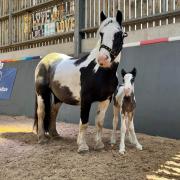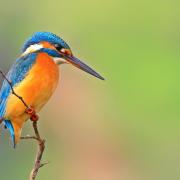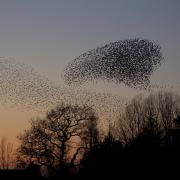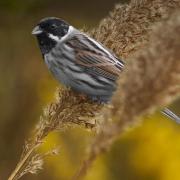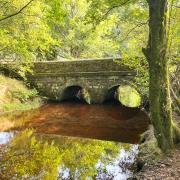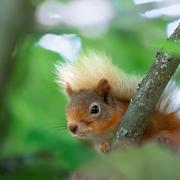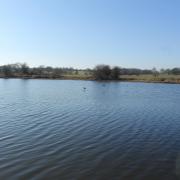Once a landscape scarred by mining, this is now an internationally-important area for wildlife

The breeze rustles through the reed beds as unseen birds chirrup and peep in the warmth of the summer sun. It's a picture of rural beauty and serenity you'd be hard-pushed to beat anywhere. But this wasn't always the case. Until relatively recently this area was alive with the sounds and smells of the mines.
Wigan coal once powered Britain's heavy industry and up to the middle of the last century hundreds of the town's men, women and children worked in and around the pits.
Now, the industrial landscape of pit heads and slag heaps they would have known has been replaced by trees, meadows and wetlands which are home to an internationally-important range of plants and animals.
The Flashes - the series of eight shallow ponds created by subsidence caused by the mines - are now part of a nature reserve owned by the Lancashire Wildlife Trust.

The mines here closed in the 1950s and in the years that followed, native trees were planted as part of an innovative land reclamation scheme.
The reserve is now managed by Mark Champion, who said: 'Because of the style of mining used in Wigan the subsidence was very quick, it happened almost overnight - 99.9% of the subsidence occurred within ten years of the mines opening in the 1890s.
'Wigan was at the cutting edge of techniques such as planting woodlands and letting them develop. The modern approach is to force development and to create a fairly bland superimposed thing. Here it has been largely left to nature and that makes it much more exciting.
'It means we have hay meadows and since 97% of our hay meadows have been lost since the war, that makes this an important site. We have reed beds and wetlands and species of national and even European importance. It's really important for birds like water rails, reed warblers and willow tits; a species which has seen a 96% drop in the numbers since the 1970s. These are really quite important national species and this is also the only place in the world where the northern marsh orchid and the southern marsh orchid meet.'
There are about 10km of paths around the reserve, which lies just a mile-or-so from Wigan town centre and is a favourite with walkers, birdwatchers, school groups and families.
Mark, who is originally from Farnborough, has been working in Wigan for 20 years and he added: 'The groundwork done initially didn't necessarily restore all the eco-systems so it's exciting for me to be here now. You don't get many chances to recreate the world and that's why I love it here.'




